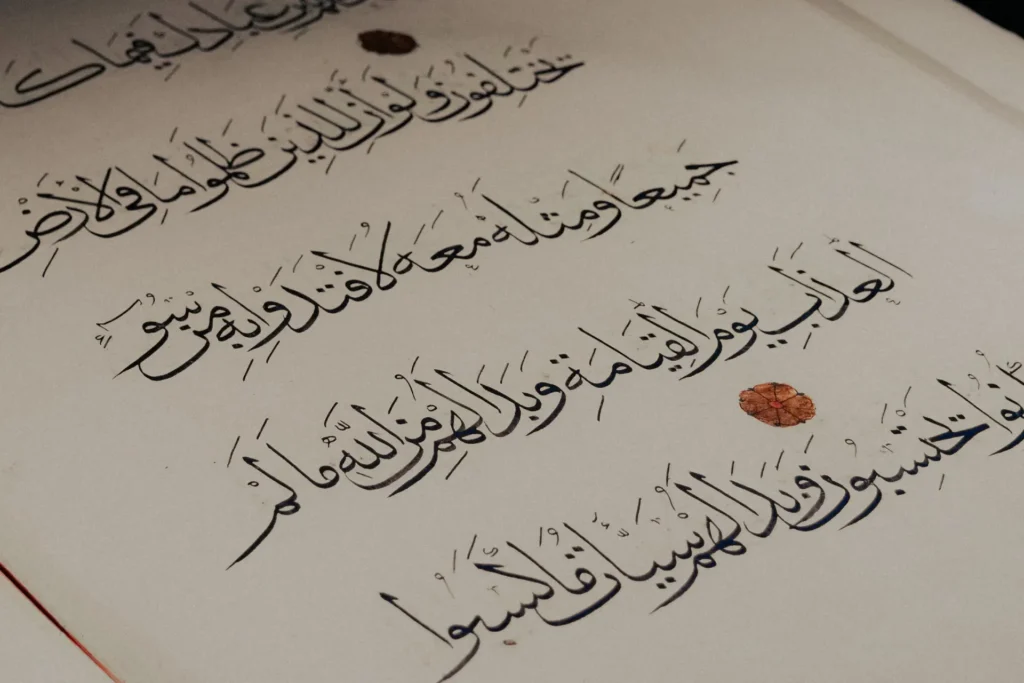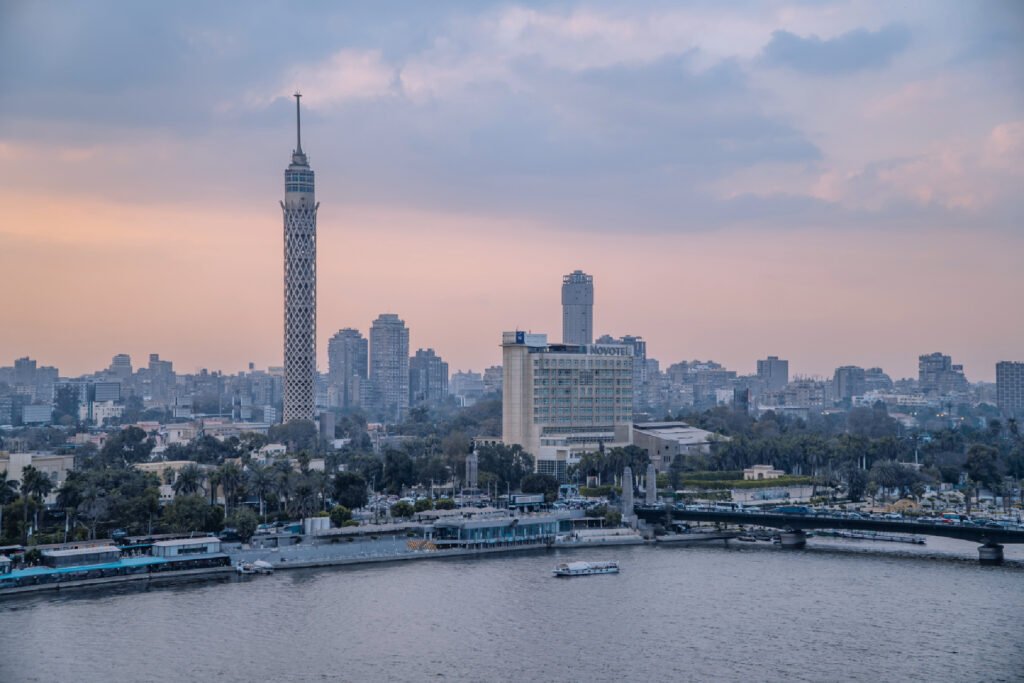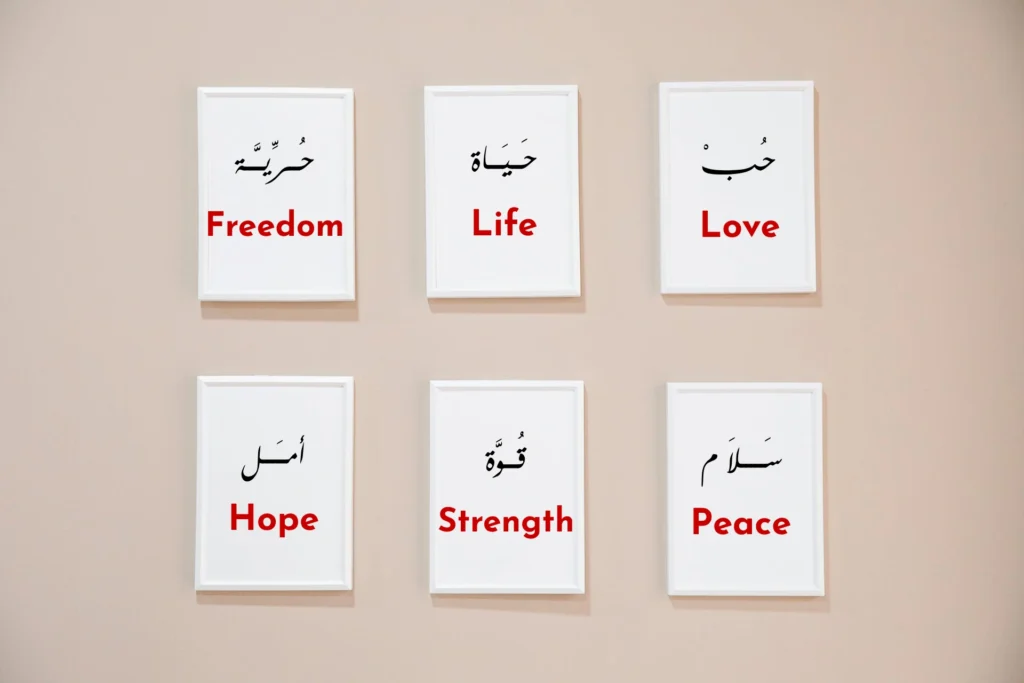Arabic for Kids: Challenges & Tips
When considering additional language studies for your kids, Arabic offers tremendous benefits. In this post, you’ll explore why early exposure to Arabic sets children up for lifelong learning success as well as career advantages in our globalized world. We will share with you some of the benefits of learning Arabic for kids, some of the challenges they might face, and some of the best tips to make their Arabic learning journey easier and more fun. But why Arabic? In a world teeming with languages, why should this particular one capture your attention? The reasons are countless, each more compelling than the last. Let’s delve into the enchanting world of Arabic learning for kids and unveil the treasures it holds. Why Learn Arabic for Kids? Arabic is one of the most important and influential languages in the world. It is spoken by more than 400 million people across 22 countries, and it is the official language of the Arab League, the Organization of Islamic Cooperation, and the African Union. It is also one of the six official languages of the United Nations, and one of the most widely used languages on the internet. Arabic Learning for kids can have many benefits, such as: Best Tips to Make your Kids’ Arabic Learning Journey Easier and More Fun How to Learn Arabic for Kids? Learning Arabic for kids can be challenging, but also rewarding and fun. Arabic is a complex and beautiful language, with a unique script, grammar, and vocabulary. It also has many varieties and dialects, which can differ significantly from the standard or classical Arabic. However, Arabic learning for kids does not have to be boring or difficult. With the right method, materials, and motivation, children can learn Arabic in a natural and enjoyable way, just like they learned their mother tongue.One of the best ways to learn Arabic for kids is to enroll them in an online Arabic class for kids. Online classes offer many advantages over traditional classroom settings, such as: What to Expect from an Online Arabic Class for Kids? – Learning Arabic through communication:An Arabic for Kids course should focus on developing the four language skills: listening, speaking, reading, and writing. It should be using a communicative approach, which means teaching Arabic through meaningful and interactive activities, such as games, stories, and dialogues. Also, it should use real-life situations and topics that are relevant and interesting for kids, such as family, school, hobbies, animals, and colors. – Learning Arabic through immersion:An Arabic for Kids course should immerse children in the Arabic language and culture, by exposing them to authentic and varied Arabic input, such as audio, video, images, and texts. It also should be taught by native and qualified Arabic teachers, who speak Arabic as their first language, and who are trained and experienced in teaching Arabic to children online. It should use Arabic as the main language of instruction, and only use English when necessary, to create a natural and immersive Arabic learning environment. – Learning Arabic at their own pace and level:An Arabic for Kids course should adapt to the needs and abilities of each child, by offering different levels and courses, from beginner to advanced, and from general to specific. It also should customize the lessons and the materials (like Arabic books for kids) according to the age, interests, goals, and learning style of each child. In addition, it should provide feedback and support to help them progress and improve their Arabic skills. What Challenges That Might Face Your Kids When Learning Arabic? Learning Arabic can also pose some challenges. Some of the common difficulties that kids might encounter when learning Arabic are: Conclusion: Embrace the Journey of Arabic Learning for Kids Learning Arabic opens doors to new opportunities and connections. Learning Arabic for kids can be a fun and effective way to introduce your child to a new language and culture. It can also give them a head start in their academic and professional future. By enrolling your child in an online Arabic class for kids, you can ensure that they get the best possible learning experience, with flexibility, personalization, engagement, and affordability. Don’t miss out on the chance to provide your child with a valuable skill and a deeper understanding of the world. Check our online Arabic classes for kids today, enroll and watch your child blossom in a world of language and culture.
Arabic for Kids: Challenges & Tips Read More »










